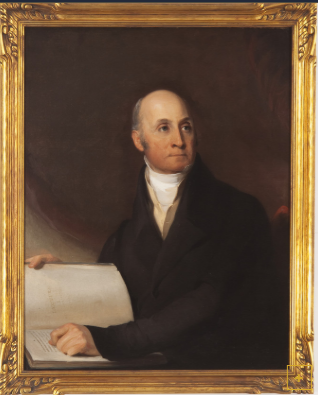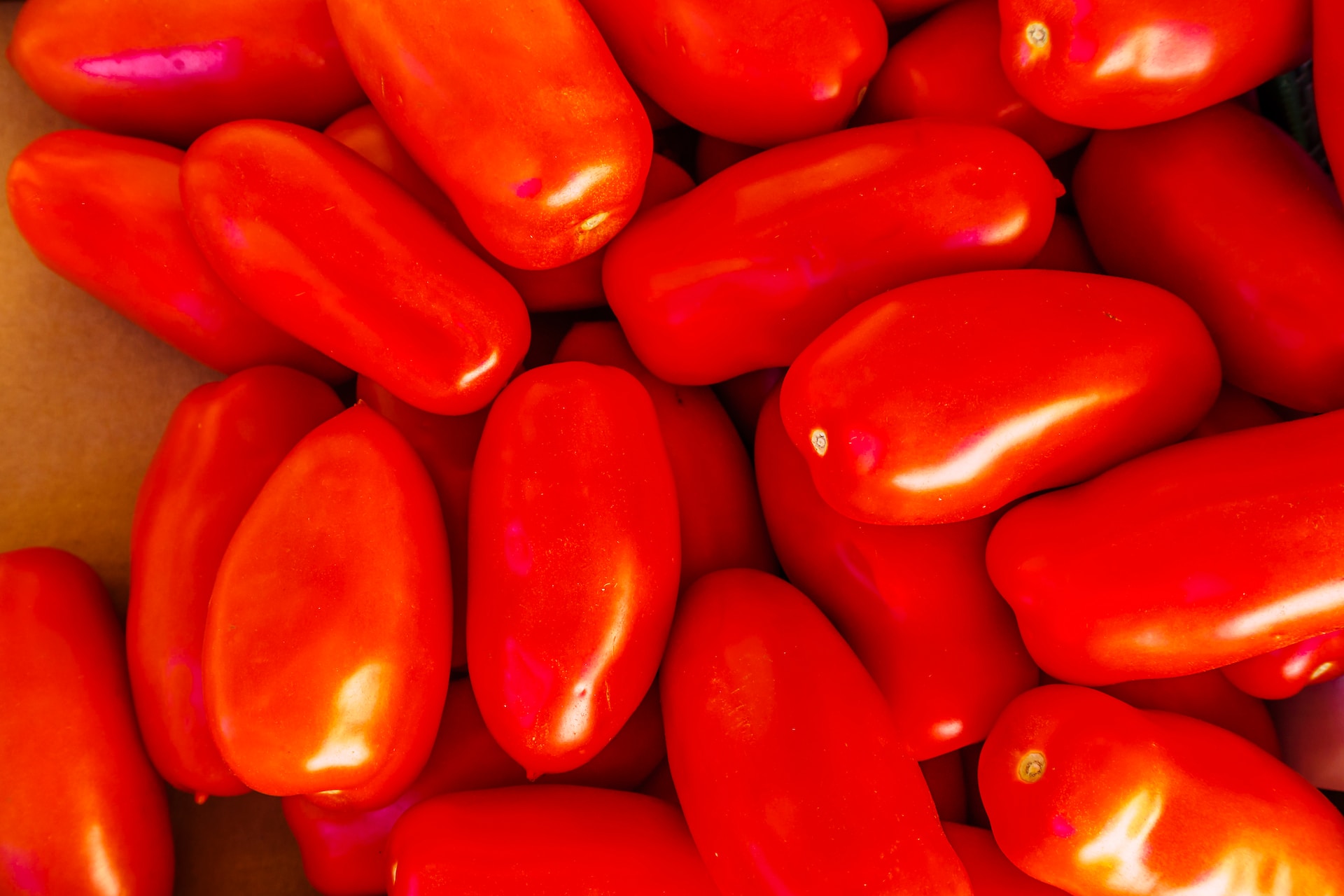Ketchup is a condiment consumed all over the world and found on every dining table or refrigerator door. Although it is believed to be a typical companion to hamburgers and fries, the history of ketchup is more diverse than you can imagine.
Did you know that ketchup was originally used as a medicine for ailments such as indigestion? If you want to know more about the strange origins of Ketchup, follow us and read all about why it was used as a medicine in the past.
Jump to
- Who made the initial versions of ketchup?
- When was the first tomato sauce made?
- Why was it used as a medicine?
- How did medicine become the ketchup we consume today?
Who made the initial versions of ketchup?
instagram
Tracing the origins and evolution of ketchup poses certain challenges. However, scholars and food experts suggest that it could have originated in China, known as Ge-thcup or Koe-cheup, initially as a fish sauce derived from fish entrails and soybeans, characterized by its salty flavor and spicy aroma.
Over time, the recipe underwent various modifications, including the addition of boiled stale beer and anchovies, subsequently going through a fermentation process.
When was the first tomato sauce made?

Wikimedia Commons
As the recipe reached England via sailors, it underwent further modification and experimentation. It was not until 1812 that the first documented ketchup recipe emerged, attributed to pioneering scientist and horticulturist James Mease, credited with introducing the tomato-based ketchup recipe.
Why was it used as a medicine?

unpack
During the 1830s, an intriguing chapter unfolded in the history of ketchup, as it was marketed as a remedy for various ailments such as diarrhea, indigestion, and jaundice.
The concept was initially championed by Dr. John Cook Bennett, an American physician, in 1834, who eventually decided to market the recipe in the form of “tomato pastilles.” An influx of imitators flooded the market with their versions, sparking fierce competition known as the “tomato pastille wars.”
These imitators marketed their pills as panaceas for numerous illnesses, although many contained primarily laxatives. Ultimately, this series of events marked the decline of the ketchup empire in 1850.
How did medicine become the ketchup we consume today?

unpack
Years later, in 1876, American businessman Henry Heinz revolutionized ketchup into the contemporary version we know today.
His recipe included ripe tomatoes, distilled vinegar, brown sugar, salt and a mixture of various spices. This version of the recipe gained wide recognition as a non-medicinal condiment and has retained its wide recognition and appeal over the years.
Tell us what you think about this strange historical fact in the comments below.
For more trending stories, follow us on Telegram.
Categories: Trending
Source: vtt.edu.vn
